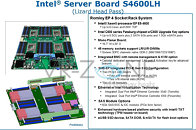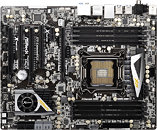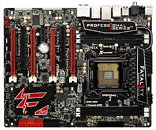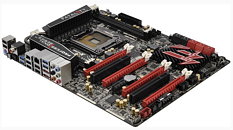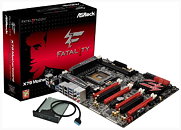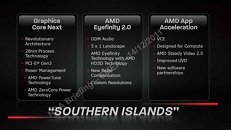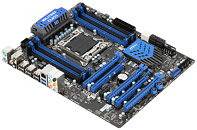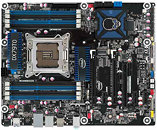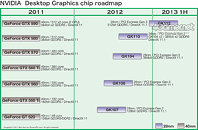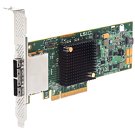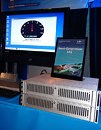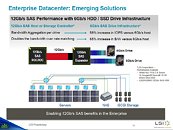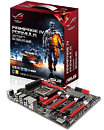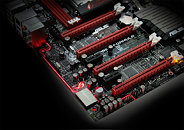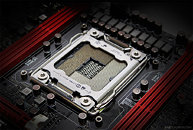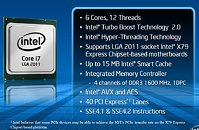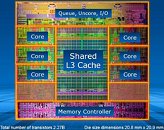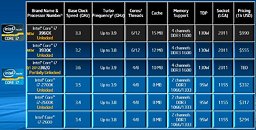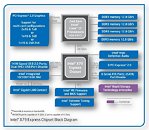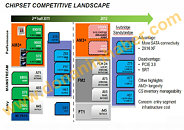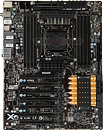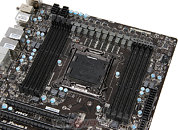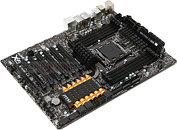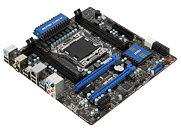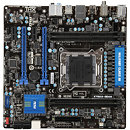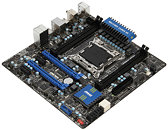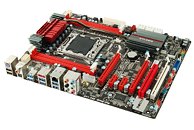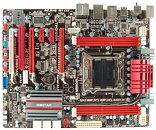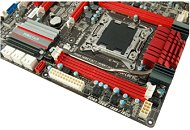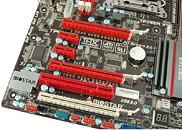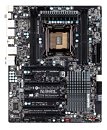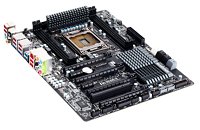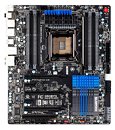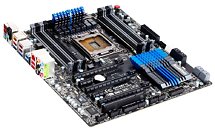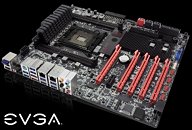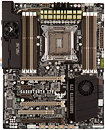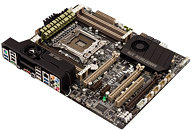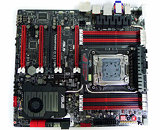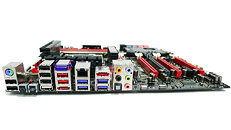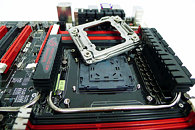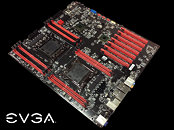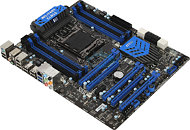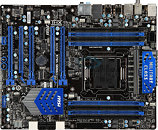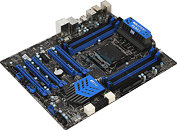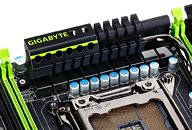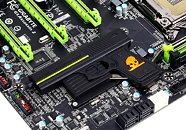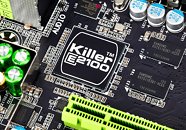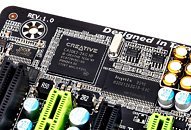
New Intel Server Board to Hold 1 TB of RAM
Intel is working on a new four-socket LGA2011 Server Board product, S4600LH (codename "Lizard Head Pass"), which is capable of holding a total of 1 terabyte of RAM. It is designed mainly for high-performance computing and math-intensive server applications, such as video streaming sites using it for transcoding, etc. The board is able to achieve such large memory expansion room, by providing three DIMM slots per memory channel. Each socket gives four memory channels.
The board supports 8-core Xeon E5-4600 series Sandy Bridge-EP processors. It is driven by Intel C600 "Patsburg" chipset with up to 8 SCU ports and 2 SATA 6 Gb/s ports. There are no standard expansion slots on the board as such, but there are two PCI-Express 3.0 x48 risers, to which daughterboards with three x16 slots each, can be attached (as shown in the CGI drawing below). Apart from these PCIe x48 risers, there is one PCIe 3.0 x8 I/O module on board. The board features dual Intel LAN with VT support. KVM and BMT logic is in-built. The Server Board S4600LH from Intel will be available in Q2 2012.
The board supports 8-core Xeon E5-4600 series Sandy Bridge-EP processors. It is driven by Intel C600 "Patsburg" chipset with up to 8 SCU ports and 2 SATA 6 Gb/s ports. There are no standard expansion slots on the board as such, but there are two PCI-Express 3.0 x48 risers, to which daughterboards with three x16 slots each, can be attached (as shown in the CGI drawing below). Apart from these PCIe x48 risers, there is one PCIe 3.0 x8 I/O module on board. The board features dual Intel LAN with VT support. KVM and BMT logic is in-built. The Server Board S4600LH from Intel will be available in Q2 2012.
